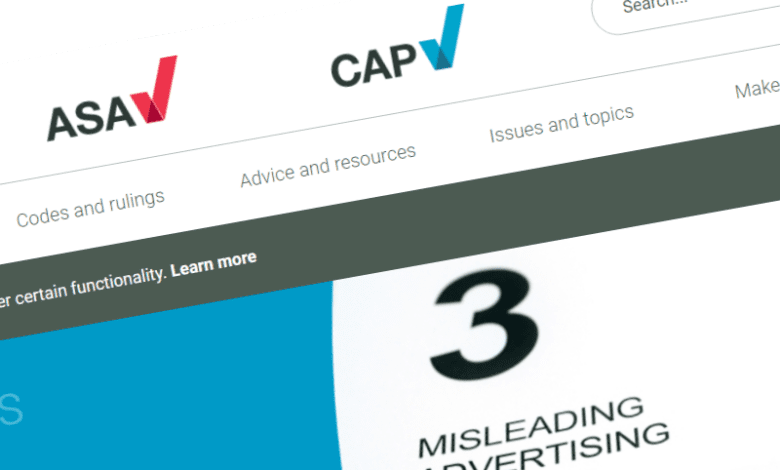
As we reported back in May 2018 in the post “CAP considers new rule against harmful gender stereotyping” a review by the Advertising Standards Authority (ASA), the Committees of Advertising Practice’s (CAP), which are responsible for writing and maintaining UK advertising codes) has introduced a new rule on banning harmful gender stereotyping which came into force on 14 June 2019.

